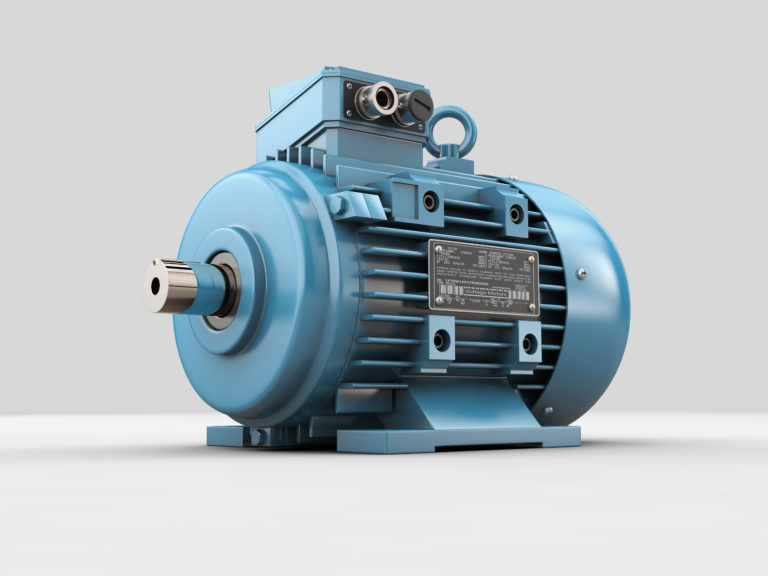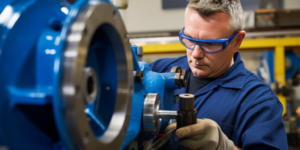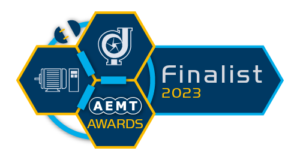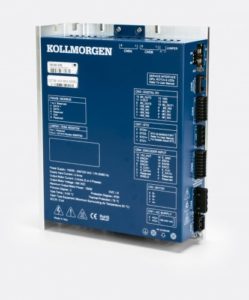Ex Repairs: The Knowledge and Skills Required

The Association of Electrical & Mechanical Trades (AEMT), detailing the knowledge required to carry our Ex Motor repairs. (Image source: AEMT)
The knowledge and skills required to service and repair Ex equipment such as electrical rotating machines and other associated equipment, rests on two distinct categories of personnel, as highlighted in the IEC 60079-19 standard: the ‘Operative’ and the ‘Responsible Person’. This, along with many other requirements, is mandatory for IECEx certified service facilities to maintain their status. However, it should be noted that to repair Ex equipment being IECEx accredited is not mandatory.
None-the-less, an Ex Service Centre should have at least one responsible person, which is usually the manager or supervisor in charge of the workshop where the servicing of Ex or hazardous area equipment is conducted.
The responsible person should be trained to understand the different protection concepts of the equipment, how that concept works, what repair procedures can be carried out within that concept, and what repair restrictions are imposed by IEC 60079-19. This will allow them to fully support the operatives and verify the work being carried out. The responsible person should also ensure that the correct records are kept and that the appropriate quality control systems are in place for all Ex repairs.
They should also be able to ensure that the correct calibrated tools and test equipment are being used, the relevant standards are being followed, and all and any appropriate certificates are presented.
Operatives are the engineers and technicians that carry out the service and repair of the hazardous area equipment. They should have attended an appropriate Ex repair training course, such as those provided by the AEMT, to fully understand the different protection concepts of the equipment they are servicing, and, as already stated, what restrictions those concepts have when a repair is required.
The AEMT is one of many training providers, but specifically focusses on the repair, overhaul, and reclamation of rotating machines - the main sphere of activity for its membership. The AEMT is not a Notified Body, and it does not issue IECEx Certificates of Personal Competency; its expertise is in providing the training towards it.
It also provides the AEMT Ex-Register. For a service/repair company to be listed on the Register, it should have an ISO 9001 quality control system or equivalent in place; the calibrated tools suitable for the work being undertaken will have been verified, and the required certificates and standards presented. It should also have at least one trained and competent operative, as well as one responsible person to supervise and sign off the Ex repair work completed by workshop technicians.
Both responsible persons and operatives must be able to provide sufficient evidence that they are fully conversant with the theory, skills and practicalities of the Ex work they are involved with. They should regularly attend AEMT refresher sessions (usually every three years) on the repair and overhaul aspects of Ex equipment. This means that all those companies listed within the AEMT Ex-Register remain up to date on both the practical aspects of Ex repair and any changes in the associated standards and legislation, be they ATEX or IEC.
Competencies apply to each explosion-protection technique for which a company or person is involved. For example, a person can be competent in the repair and overhaul of Ex d motors only and not be fully competent in the repair of Ex d switchgear or Ex e motors. In such cases, the repair facility management should clearly define this in their documentation system.
| Knowledge and Skills | Resp. Person | Operative |
| General understanding of relevant electrical and mechanical engineering at the craftsperson level or above | Yes | - |
| Practical understanding of explosion-protection principles and techniques | Yes | - |
| Understanding and ability to read and assess engineering drawings | Yes | - |
| Familiarity with measurement functions, including practical metrology skills, to measure known quantities | Yes | - |
| Working knowledge and understanding of relevant standards in the explosion protection field | Yes | - |
| Basic knowledge of quality assurance, including the principles of traceability of measurement and instrument calibration | Yes | - |
| Understanding of the general principles of types of protection and marking | Yes | Yes |
| Understanding of those aspects of equipment design which affect the protection concept | Yes | Yes |
| Understanding of examination and testing as related to relevant parts of most recent 60079-19 standard | Yes | Yes |
| Ability to identify replacement parts and components authorized by the manufacturer | Yes | Yes |
| Familiarity with the particular techniques to be employed in repairs referred to in this standard | Yes | Yes |







